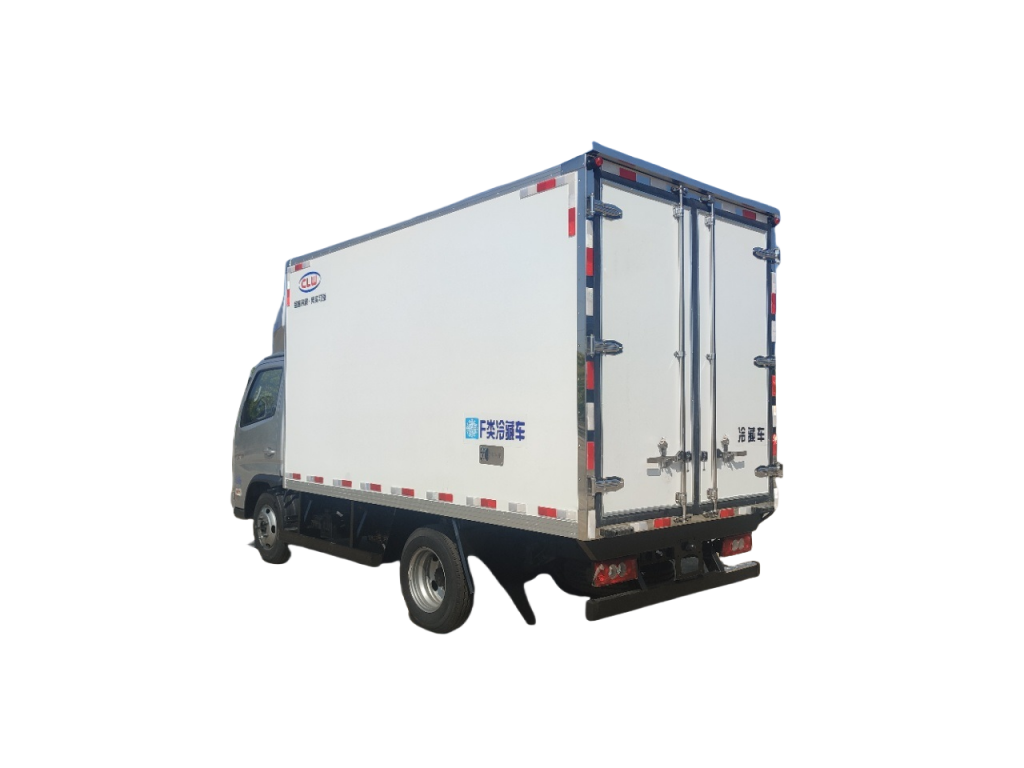Exploring the World of Truck Mounted Crane Specifications

Introduction
Truck mounted cranes play a crucial role in various industries, providing the ability to lift and move heavy loads with ease and efficiency. These versatile machines are commonly used in construction, logistics, mining, and other sectors where heavy lifting is required. In this article, we will delve deep into the world of truck mounted crane specifications, exploring the various features, capabilities, and considerations that go into selecting the right crane for a specific application.
Understanding Truck Mounted Cranes
Truck mounted cranes, also known as boom trucks or crane trucks, are mobile cranes mounted on a truck chassis. This configuration offers the advantage of mobility, allowing the crane to be easily transported to different job sites without the need for separate transportation. These cranes are equipped with a hydraulic system that powers the lifting and lowering of the boom, enabling them to handle heavy loads with precision and control.
Types of Truck Mounted Cranes
There are several types of truck mounted cranes available, each designed for specific applications and lifting requirements. Some common types of truck mounted cranes include:
1. https://www.worktruckmaker.com/dongfeng-12-m3-water-tanker-truck/ : These cranes feature a telescoping boom that can extend to various lengths, providing versatility in reaching different heights and distances.
2. Knuckle Boom Cranes: Also known as articulating cranes, these cranes have a jointed arm that allows for greater flexibility in positioning the load.
3. Lattice Boom Cranes: These cranes feature a lattice boom structure that offers exceptional strength and stability, making them suitable for heavy lifting operations.
4. Folding Boom Cranes: These cranes have a folding boom that can be compacted for easy transportation and storage.
5. Loader Cranes: Also known as HIAB cranes, these cranes are commonly used for loading and unloading cargo onto trucks or trailers.
Specifications to Consider
When selecting a truck mounted crane for a specific application, it is essential to consider a range of specifications that determine the crane's capabilities and performance. Some key specifications to consider include:
1. Maximum Lifting Capacity: This specification indicates the maximum weight that the crane can lift safely. It is crucial to match the crane's lifting capacity with the weight of the loads that will be handled in the intended application.
2. Maximum Boom Length: The maximum boom length determines the reach of the crane, indicating how high and far it can extend to lift and place loads.
3. Boom Extension and Retraction Speed: The speed at which the boom can extend and retract impacts the efficiency of lifting operations, especially in time-sensitive tasks.
4. Load Chart: The load chart provides detailed information on the crane's lifting capacities at different boom lengths and angles, helping operators make safe and informed decisions during lifting operations.
5. Crane Control System: The type of control system, whether hydraulic, electronic, or manual, affects the ease of operation and precision in handling loads.
6. Stabilization System: A stable base is essential for safe crane operation. Stabilization systems such as outriggers or stabilizer legs help prevent tipping and ensure the crane remains steady during lifting.
7. Power Source: Truck mounted cranes can be powered by the truck's engine or a separate power unit. The choice of power source depends on factors such as fuel efficiency and power requirements.

8. Safety Features: Safety is paramount in crane operations. Look for features such as overload protection, emergency stop buttons, and alarm systems to enhance the safety of both operators and bystanders.
9. Mobility and Maneuverability: The size and configuration of the truck chassis affect the crane's mobility and maneuverability on different types of terrain and in confined spaces.
10. Maintenance Requirements: Consider the maintenance schedule and requirements of the crane, including lubrication, inspections, and servicing, to ensure optimal performance and longevity.
Case Studies and Applications
To better understand how truck mounted crane specifications translate into real-world applications, let's explore a few case studies showcasing the versatility and capabilities of these machines.
Case Study 1: Construction Site
A construction company is working on a high-rise building project that requires the installation of heavy steel beams at different heights. They decide to use a telescopic boom crane mounted on a truck for its versatility and reach. The crane's maximum lifting capacity of 50 tons and maximum boom length of 30 meters make it suitable for the job. The crane's precise control system allows operators to position the beams accurately, while the stabilization system ensures stability during lifting operations.
Case Study 2: Logistics and Warehousing
A logistics company operates a fleet of truck mounted cranes for loading and unloading cargo containers at a busy warehouse facility. They opt for knuckle boom cranes for their flexibility and compact design, allowing them to reach into tight spaces and handle a variety of loads. The cranes' fast boom extension and retraction speed help streamline the loading and unloading process, improving efficiency and productivity.
Case Study 3: Mining Operations
A mining company relies on lattice boom cranes mounted on trucks for heavy lifting tasks in their open-pit mine. The cranes' robust construction and high lifting capacity of 100 tons make them ideal for handling large mining equipment and materials. The cranes' lattice boom structure provides exceptional strength and stability, ensuring safe and efficient operations in challenging mining environments.
Conclusion
Truck mounted cranes are versatile machines that play a vital role in various industries, offering the ability to lift and move heavy loads with precision and efficiency. By understanding the various specifications and considerations that go into selecting a truck mounted crane, operators and businesses can choose the right crane for their specific applications. Whether it's construction, logistics, mining, or other sectors, the right truck mounted crane can enhance productivity, safety, and performance in lifting operations.
